What is White Balance?
White balance is simply how the camera interprets the color of the scene. Funky color can turn fair-skinned Annie into an oompa-loompa or little Lucas into the Jolly Green Giant. It’s best to get the color right while you’re taking the picture, but if you have to, you can “fix” it in a program like Photoshop, Lightroom, iPhoto or Photoshop Elements.
Bad color can be caused by mixed light, artificial lights, and usually the shade gives your pictures a blue tinge. Some cameras are better than others when it comes to interpreting the correct color – higher end cameras usually do a better job keeping the color true, whites will be white. Color is measured in kelvin temperature.
If you’re shooting with a DSLR and even some higher end point and shoots you have some options to control the white balance: presets and perhaps kelvin and/or custom white balance. Controlling your color means that your camera will neutralize the color of the light and allow the true colors to shine through. The results may not look like what your eye sees as you stand in the scene
Let’s say your subject is in the shade. You take the shot of your lovely dad in auto white balance and suddenly your dad resembles Papa Smurf. So you switch your white balance preset to “shade” to fix it; that means your camera is adding yellow to neutralize those blue tones; just as that chart is showing you.
Presets
Presets are a quick way to adjust for your lighting situation. They will cool down the warm light or warm up the cool light. Canon presets are Auto, Shade, Cloudy, Tungsten, Incandescent, Daylight, Fluorescent, Flash and Custom.
The first set shows you the effects of the presets in clean daylight.
The next shows you how they do their thing under tungsten light.
And finally in the cool afternoon light of my daughter’s room.
Kelvin
Adjusting the kelvin temperature is a very precise way of altering the camera’s white balance, however, not all cameras give you this option. It takes some practice to read the light when you approach the scene, but a great little hack is to use the live view feature to scroll through the temperatures until you find the perfect color! 5000K is neutral, clean light; like daylight. When you set the Kelvin temperature, remember that you are neutralizing the temperature of the light in the scene, so if the light is really yellowish, say in a gym, you’ll want to set your Kelvin to low temperature; in contrast, in the shade, you’ll want to set your temperature higher, like 7000K to get rid of blue tones of shade light.
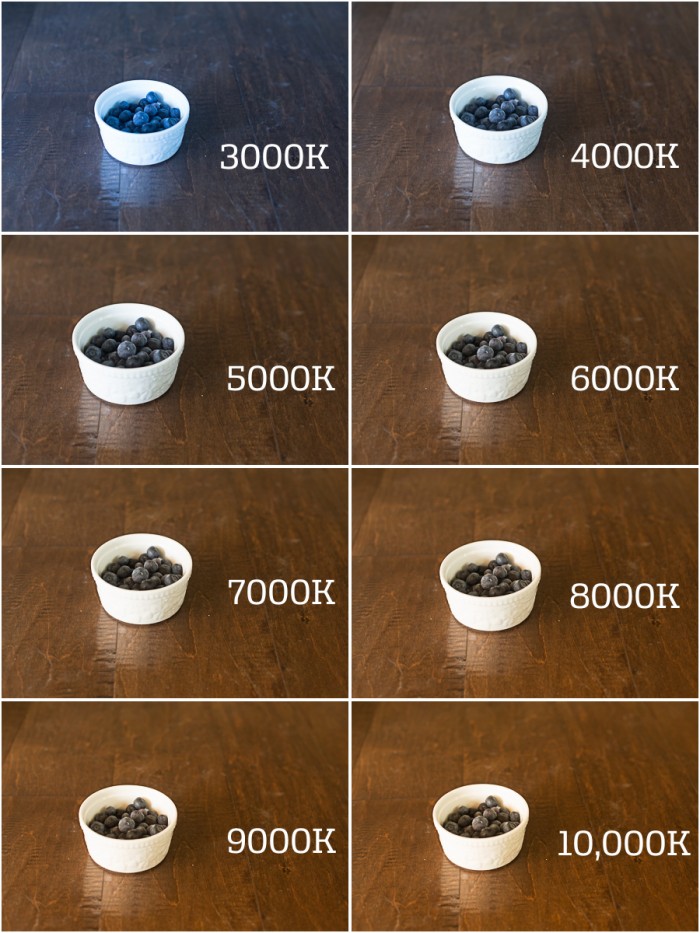
Custom White Balance
This is as specific as you can get, but it takes some planning ahead. You’ll need a neutral item, like a gray card, but I’ve even used the back of a white t-shirt, the side of the bathtub or even a piece of paper in a pinch! And to be honest, I only do this if the light is really, REALLY bad. Different cameras have different methods to set custom white balance, but they all involve taking a picture of the neutral (gray card) and then point your camera to that image as to say “This is a neutral. It’s not supposed to have color. Please adjust yourself so that is how you see it.” Now tell your camera “thank you” and shoot away. But make sure that the light doesn’t change, because if it does, you have to reset that CWB.
Fixing it later
You’ll find in most photo editing software that you can change the white balance either through presets, similar to those in camera, or by using a dropper on a neutral.
This method can only go so far when you are working with jpegs; shooting in raw gives you much more flexibility but the files are super-huge, so you have to decide if the size is worth it – I think it is!
White balance can be tedious at times, but good color is a foundation of great photography! You have to know how to get it right before you move on to more artistic decisions.
 Lynne Rigby
Lynne Rigby
Lynne Rigby is a wife and mother to five wonderful children. Before she began her photography journey, she was a kindergarten teacher, and as such, has a lifelong love of teaching. She began taking photos as a way to capture images of her son Paxton on the football field. While she could get some shots that she could never get with her point and shoot, she was still having problems with some pictures being too dark, or blurry, or funky colored. She started googling and reading, bought herself a “nifty-fifty” and taught herself to shoot in manual mode. And the obsession began! For the first time in nine years, she had a creative outlet for herself. She then started answering questions on a photography forum about the basics of shooting in manual mode and that morphed into a four week class about learning to shoot in manual. And so it began. She has since written 3 other classes: a Beginning Creativity Class, the Basics of Lightroom, and Style and Voice. She has taught thousands of budding photographers over the last four years and watching their progress reminds her of the joy in that kindergarten class a lifetime ago.
Tags: expodisc, get it right in camera, gray card, neutralizing color casts, photography forum, photography tutorial, removing color casts, The Photographer Within Team, white balance tutorial, white card, zebra card
Categorized in: From the team, Tips & Tricks

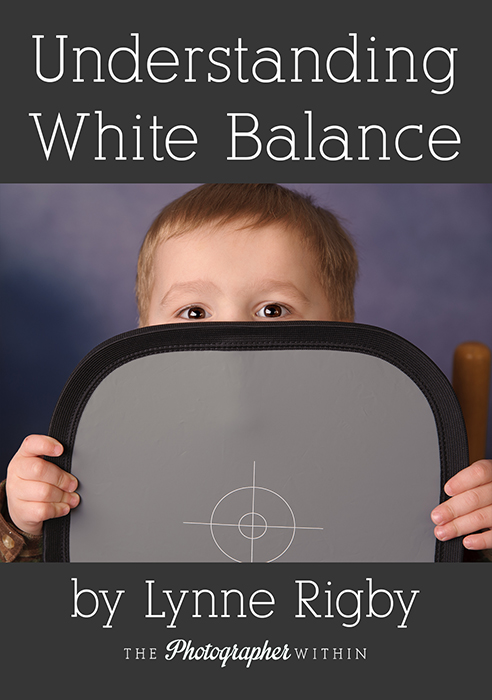
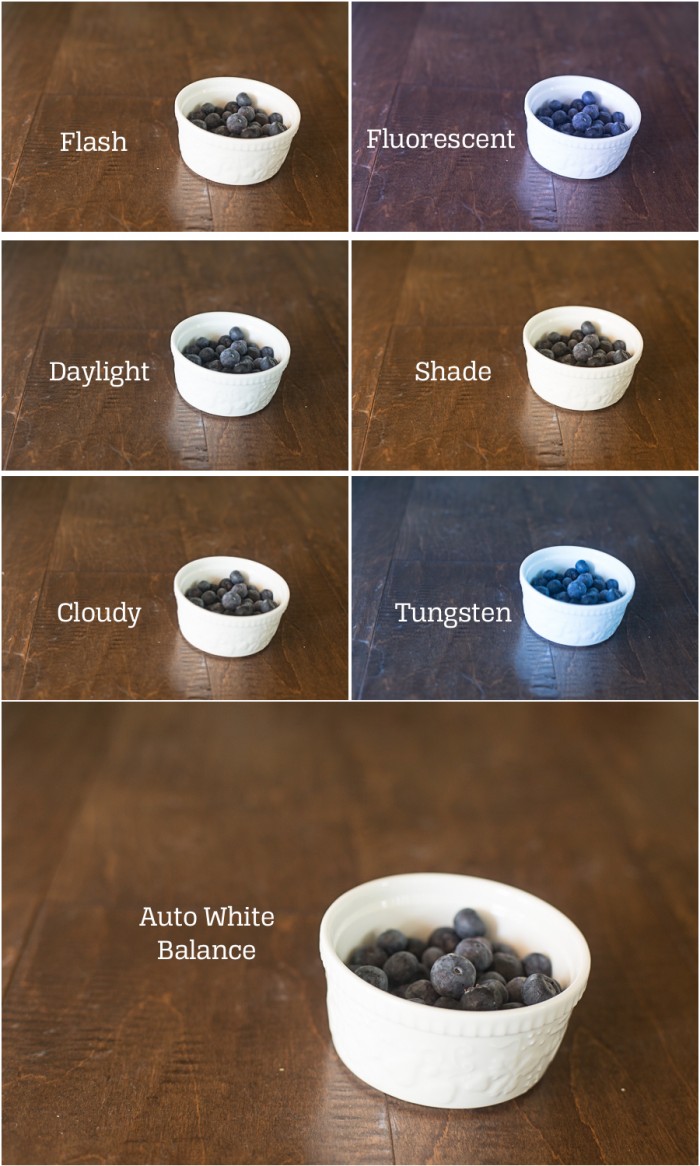
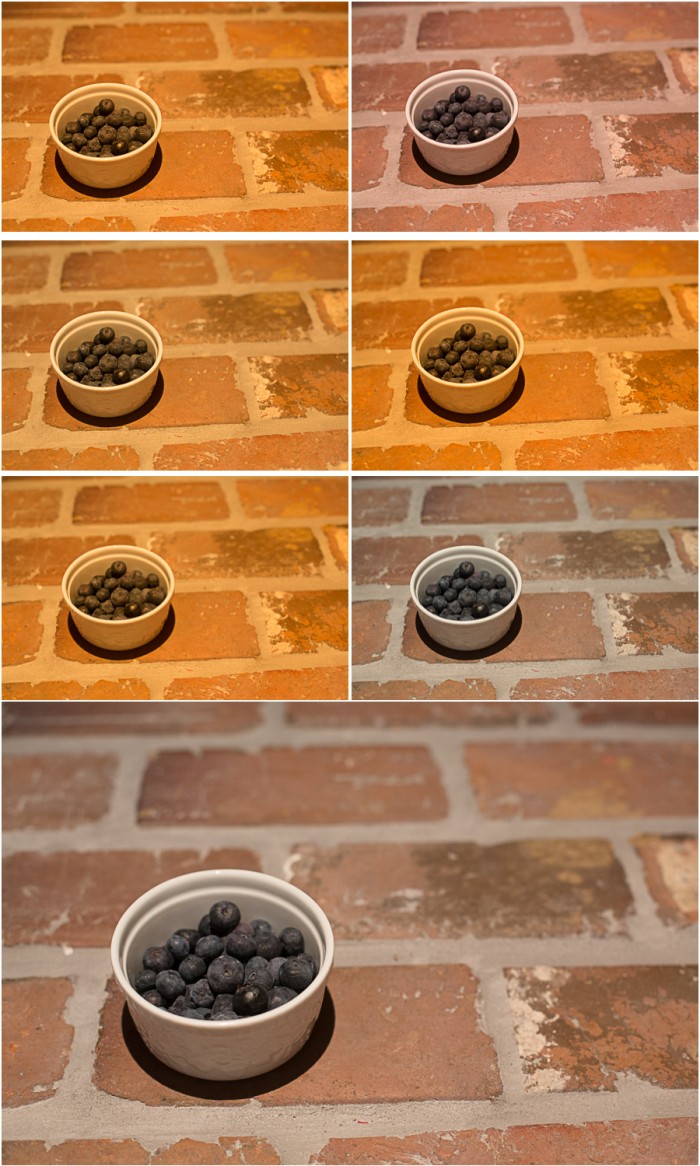
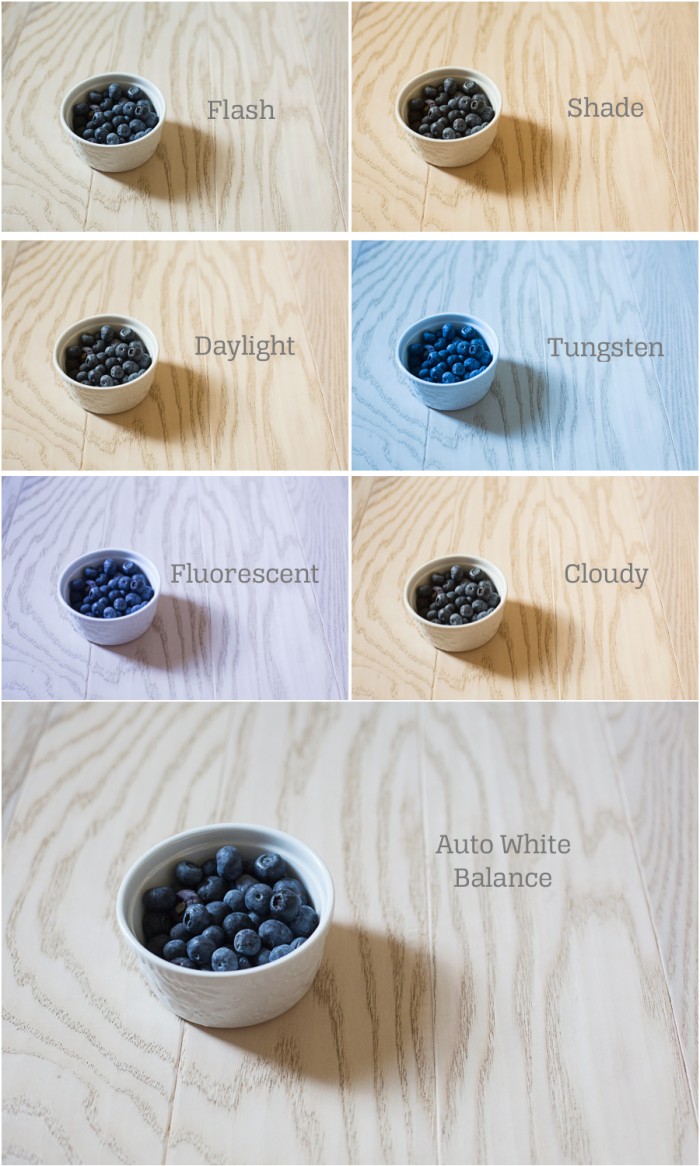
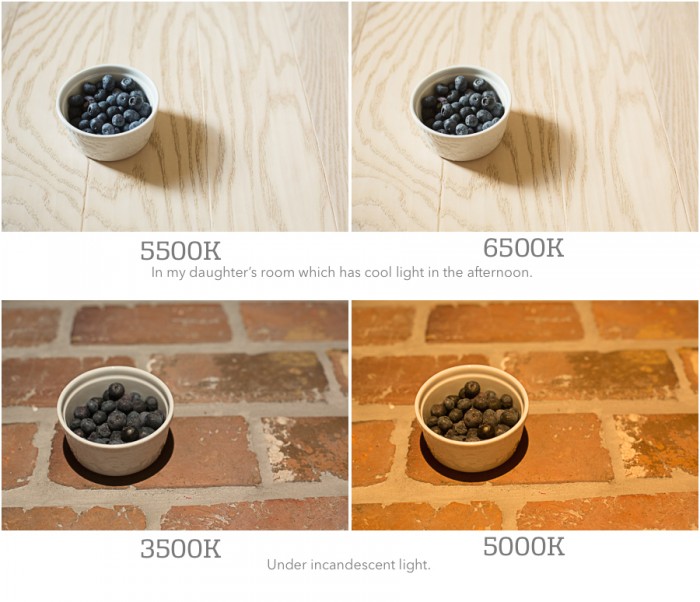

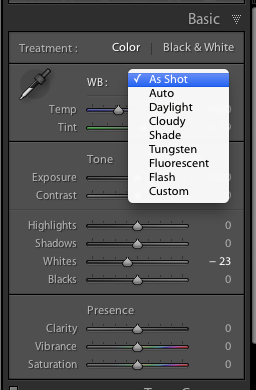
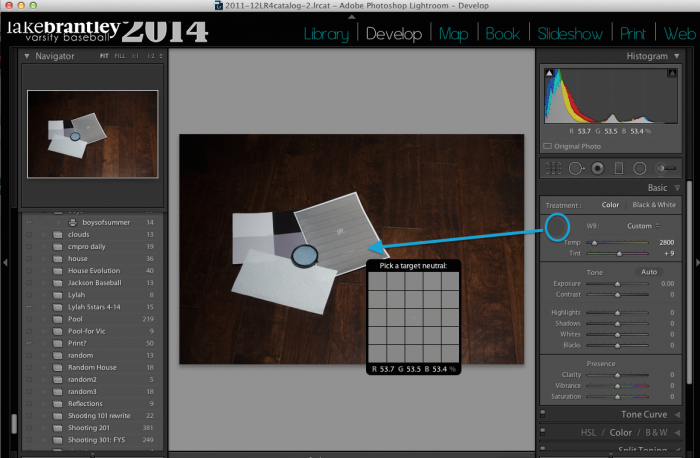
5 Comments
Hi There,
I am in the process of compiling a newsletter for our local Camera Club (Beachcombers Camera Club in Richards Bay, KwaZulu Natal, South Africa) and was wondering if you would allow me to place your tutorial on “What is White Balance” (http://thephotographerwithin.com/2014/07/what-is-white-balance/) on the http://thephotographerwithin.com Website in it.
I will naturally credit you with the article as well as include a link to your website if this is agreeable.
Please let me know as soon as possible.
Thank you so much – have a super day!
Kind regards,
Chantelle King
Fantastic information on white balance. Very useful thank you.
What a lovely bio!
I enjoyed the blog too, but I’m such an amateur that it will probably be another decade until I get to the point where I actually could use and understand it. (And, by then, I will have forgotten where I read the info…)
So important to know!! I love my BRNO wb lens cap because I HAVE to look at it to take it off and therefore I will (hopefully) use it. The best WB tool is the one you USE consistently I always say. And training your eye for seeing proper WB too. Because we all get those shots that it isn’t right out of the camera. But it saves so much time if you do!
What is the best type of lighting to use with macro photography? Ring flash?